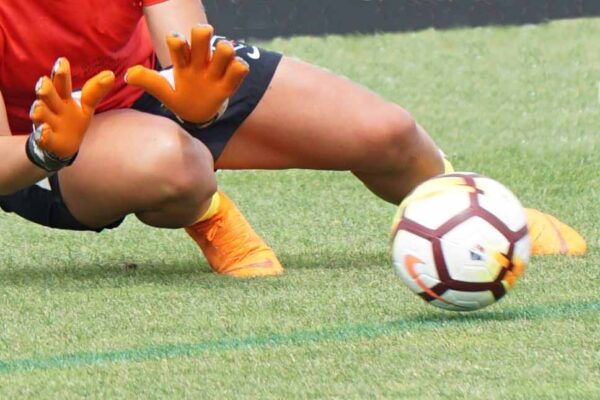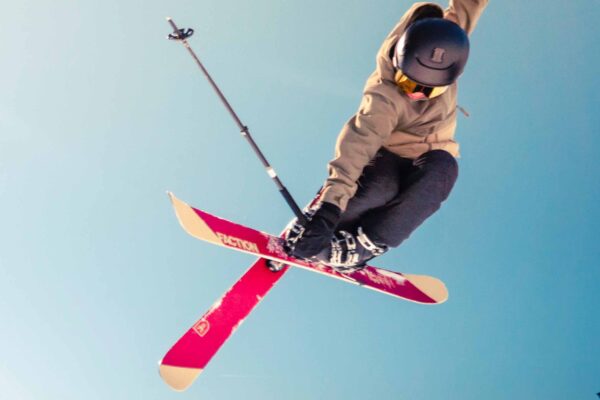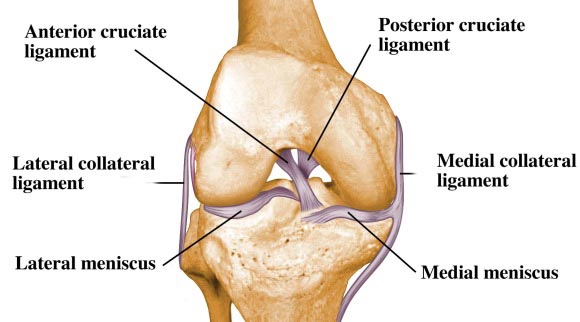A torn meniscus is one of the most common knee injuries. Any activity that causes you to forcefully twist or rotate your knee, especially when putting your full weight on it, can lead to a torn meniscus. As you get older the meniscus often already have micro tears and are worn and thin making them much easier to tear.
What are the meniscus ?
They are C shaped fibrocartilage which fill the space between the femoral and tibial articular surfaces. Their function is to help stabilise the joint throughout its range of motion and act as shock absorbers between the bones. They also help take part in the lubrication of the joint.
What is confusing to many people is that every bone end has articular cartilage but these meniscus, often called cartilages, are an extra tissue found in the knee as well as the articular cartilage.
Meniscal injuries are especially common from sports such as skiing or contact sports. They often occur in combination with a ligament injury especially the medial meniscus (inner one) as it is attached to the medial ligament. It is 5 times more likely for this reason to injure the medial meniscus.
In older patients the injury can be caused by a normal body movement with no significant twisting or fall.


Signs and symptoms of a medial meniscus tear
1. Pain on the inner side of the knee
2. Locking of the knee joint sometimes
3. Swelling usually only mild
4. Clicking
5. Problem fully straightening the knee
6. Feeling like the knee might give way
7. Gradual atropy/ weakness of thigh muscles
Diagnosis-
Generally can be done by examination and the history of the event but more accurately with an MRI
Treatment
Treatment for meniscal tears depends on the size and location of the tear but also age and activity level.The outer portion of the meniscus has a good blood supply and can sometimes heal on its own if the tear is small. However the inner two thirds of the meniscus, known as the “white zone,” does not have a good blood supply and tears in this region will not heal on their own. In most cases surgery is not needed especially if there is no locking and the joint is stable.
Conservative treatment is usually tried first which includes:-
1. Rest the knee initially limiting the amount of walking or walking with crutches if needed
2. Ice the knee to reduce swelling and pain. This can be done every 3-4 hours for 15-20 mins
3. Compress the knee with a bandage or neopene sleeve to help limit the swelling
4. Strengthening exercises for the Quadriceps muscle- thigh muscles
These weaken very quickly due to the pain and swelling in the knee. It is very important to try and strengthen them up to support your knee
See exercise sheet for knees
Sometimes conservative measures are not enough. In these cases surgery may ne needed to either repair or trim the cartilage. It is a simple day procedure and has a quick recovery time.
Post surgery it is is important to build up all the muscles around the knee and make sure your range of motion is full.
Once you can fully bend and extend without pain and there is no swelling plus the knee has full strength then you can return to normal activity.

